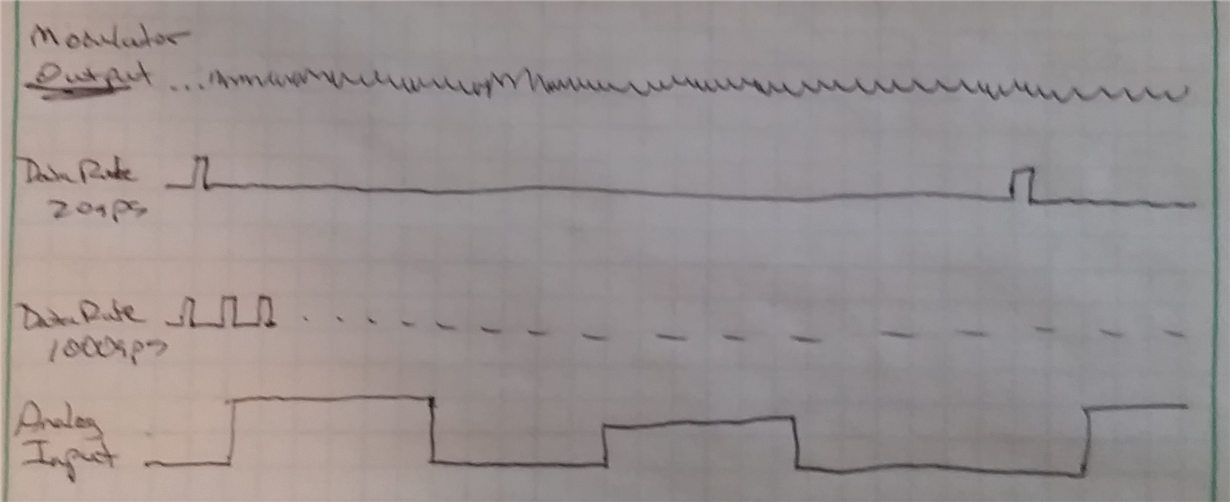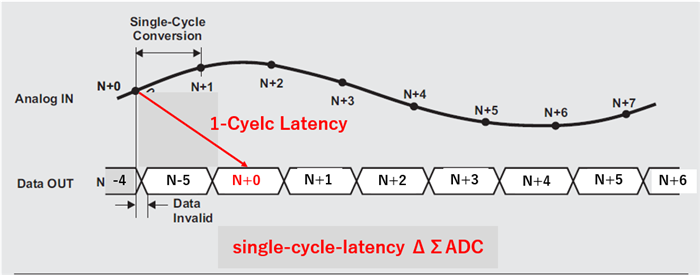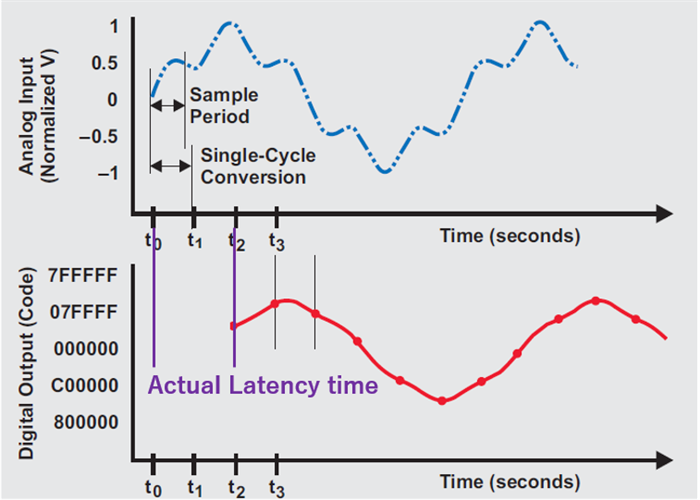Hi Team,
I have two questions.
----------
[Q1]
We use two differential signals (AIN0 & AIN1 pair, AIN2 & AIN3 pair).
Then, we would like to know the following settling time.
My guess Sequence
1.AIN0 & AIN1 pair are ON and AIN2 & AIN3 pair are OFF
2.To change the differential signals
3.AIN0 & AIN1 pair are OFF and AIN2 & AIN3 pair are ON
4.To occur the settling time ??us (we must wait more than ??us)
5.AIN2 & AIN3 pair data are available for AD conversion
----------
[Q2]
We would like to know the latency(Wait time of from Input analog date to Output digital data).
Could you please let us know if you have any information?
----------
Regards,
Hide




